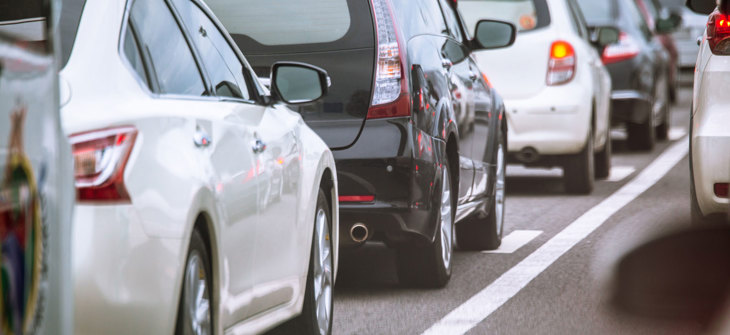
When Getting in Line is a Good Thing
Airports, theme parks, banks and grocery stores – we’ve all had the annoyance of standing in line, but in the wastewater pipe world, getting “in line” can be a good thing.
Traditionally, designers of large diameter wastewater conveyance systems choose to incorporate concrete structures in order to provide necessary access for maintenance, to change flow direction, and to connect with other pipelines. Since the mainline pipes can be very large, say 5’ to 10’ diameter, the manhole and junction box structures must be sized to accommodate them. As such, they can be cumbersome, heavy and sometimes require a crane to install. Oversize structures are occasionally cast on site, which can require form setting, rebar tying, curing, and stripping before it can be backfilled and put into service.
When faced with designing a large diameter gravity wastewater pipeline, it can be beneficial to select a pipe material such as DuroMaxx® SRPE (steel reinforced polyethylene) which can incorporate in line fittings. These fittings can reduce the number of structures needed. Typical in line fittings include access risers, custom elbows, stubs, tees and reducers which can be fabricated into the large diameter pipe as it is manufactured. When a pipe system can handle the necessary task of conveying the effluent, meeting the project design service life, and also improving the installation and functionality of the overall system, it is a win for everyone. Here are a few advantages of designing large diameter wastewater pipelines with in line fittings:
- Time – Utilizing in line fittings can save the site contractor from halting his pipe laying progress and taking time to lift, transport and set a heavy structure (not to mention the time it would take to cast on site). Because in line risers and elbows are already fabricated into the pipe, the contractor can install these items without missing a beat.
- Cost - The use of in line fittings can help reduce the project cost by providing a fast, efficient, and durable solution to making turns, providing access and connecting with other pipes in the system. The resulting savings in material cost, handling costs and installation time can be significant.
- Hydraulics – In line fittings allow a smooth and consistent hydraulic grade line along the pipeline invert with no jump or friction loss when the effluent flow hits a structure.
- Maintenance – After a conveyance system is installed, if differential settlement occurs, it could potentially cause issues with the seal between the pipe line and the heavier structures. In line fittings are part of the pipe itself, so there is no pipe to structure connection. Additionally, other long term maintenance issues related to concrete manholes used in wastewater sewage systems such as MIC (microbial induced corrosion) and H2S (Hydrogen sulfide) deterioration can be avoided.
Next time you find yourself waiting in line, give some thought to the benefits of designing with in line fittings.
